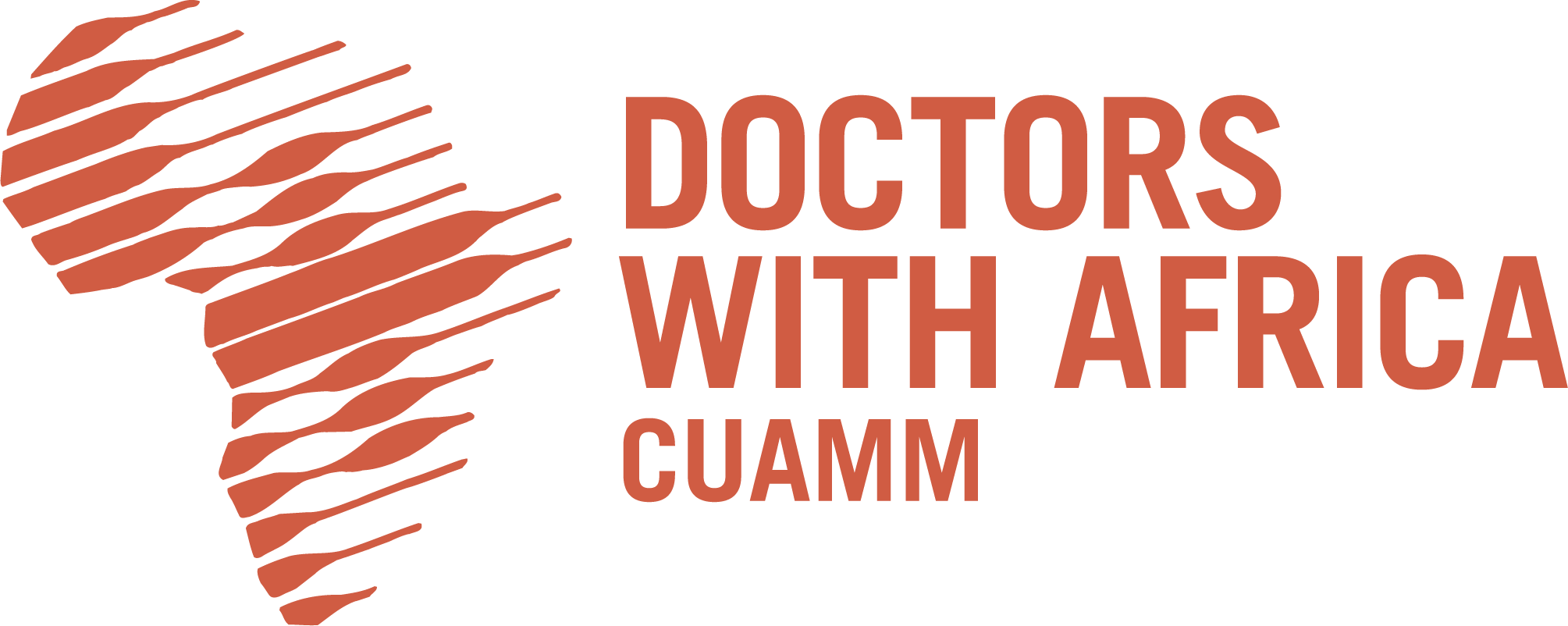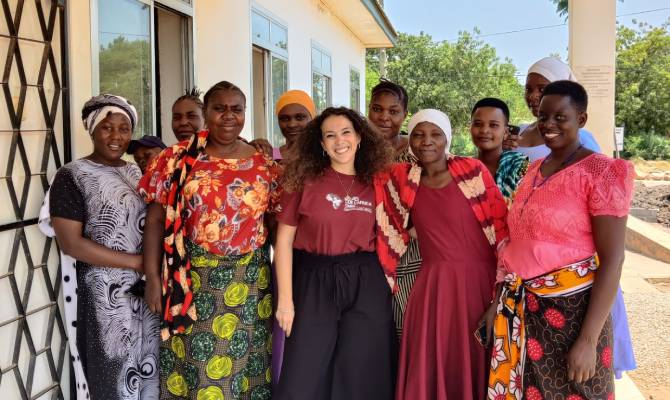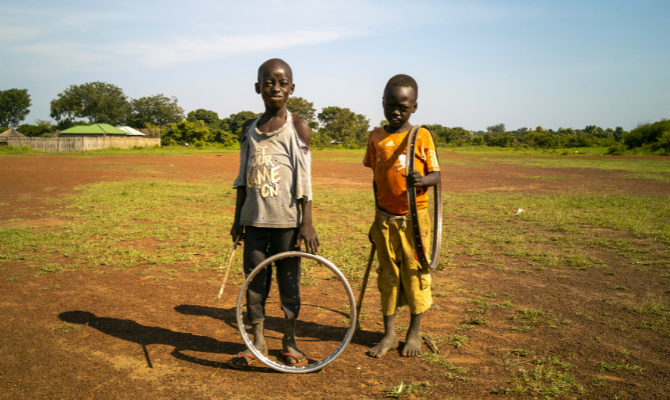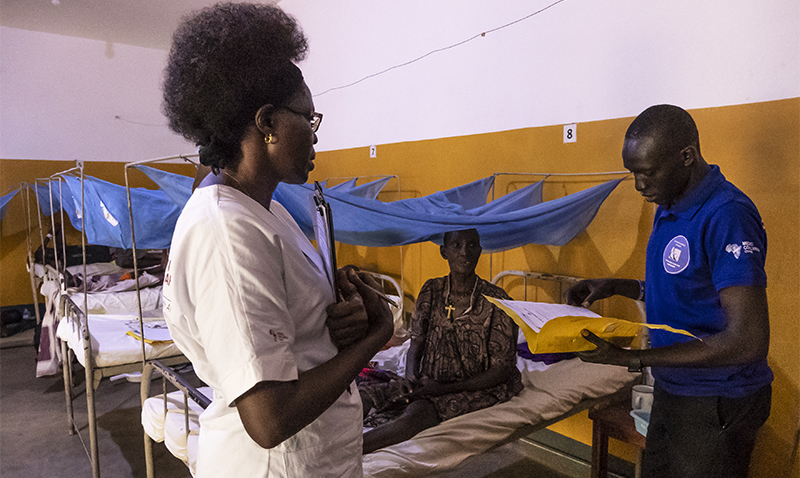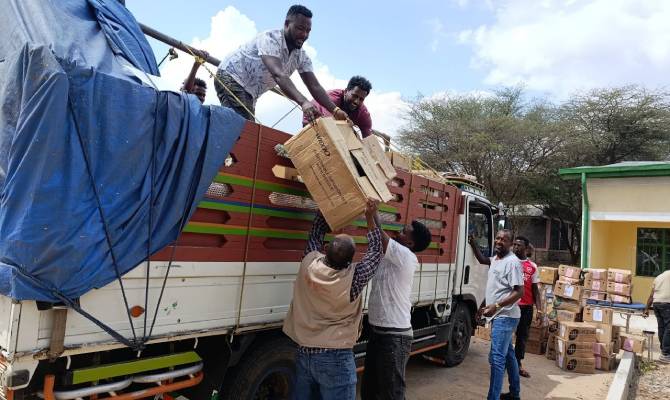«Hands washed, mask and coat: this is what you need to follow Leta, nurse in the Neonatal Intensive Care Unit (NICU) and Silvano, an Italian Junior Project Officer specialized in Paediatrics, for visiting the babies. When entering in the kangaroo mother care unit (KMCU), the space dedicated to skin-to-skin contact between mother and baby, the light is soft and the operators is moving slowly, whispering.
I notice some women, but mostly babies. At the Catholic St. Luke’s Hospital in Wolisso, twin births are also common. The “kangaroo-therapy” unit takes in low-birth-weight and preterm newborns, who do not need to be admitted in the Neonatal Intensive Care Unit, because their general condition is not severe, but can be assisted and supported during the first 1,000 days of life.
Often, mothers suffer from a lack of family support, which has an impact on their health and the condition of their children; in KMCU, young women are supported by the health staff to understand the importance of strengthening care for newborns through education activities and medical follow-ups.
Leta and Silvano conduct the routine visits, monitoring the health conditions of the newborns, usually affected by jaundice, malnutrition, respiratory viruses and infections like bronchiolitis, meningitis and encephalitis.
Despite the language barrier, the health personnel try to establish a channel to communicate functionally and continuously with the mothers, in order to monitor and follow-up frequently with them. Due to the scarcity of some medical equipment, active dialogue is essential to understand the children’s status, reactions during the night and symptoms, to better utilize the resources and request laboratory examination only when needed.
Training sessions are delivered in the KMCU twice a week. Jiksa, a nurse in the Neonatal Intensive Care Unit, explains that kangaroo mother care is a powerful and easy method to adopt, from the earliest stages of life, for a prolonged period of time, through carrying and breastfeeding. This good practice helps to reduce mortality and morbidity in the infant’s first 1000 days, improves breastfeeding technique for healthy infant growth and adult well-being, and strengthens the bond between parent and child.

Thanks to KMC, babies can be discharged prematurely, because care is initiated and internalised in the hospital in an environment where parents learn together in a cooperative way how to improve the health of the babies and how to acquire confidence.
Jiksa, with the support of some graphical materials, explains the KMC method, in particular how to position the baby between and during feedings, how to properly feed a low-weight or preterm infant, how to supplement breastfeeding with additional nutrients, how to control appetite, breathing and body temperature.
The mothers are listening with attention, some previously attended other educational activities, but some are newly admitted. When Jiksa involves them in the discussion, the first honest question is: “Why are we doing this?”. Using many examples, Jiksa answers how both mother and child benefit from this habit. Heart and respiratory rates, oxygenation and blood glucose, as well as sleep patterns, behaviours observed and cognitive development improve significantly. Furthermore, the parent develops a sense of empowerment that is vital when there is no support system to grow the baby, to handle the feeding and the foster the bonding relationship between parent and child.
Postnatal care is essential to reduce mortality and morbidity, and KMC is instrumental to improve the health of mothers and children in environments where the resources are limited.

